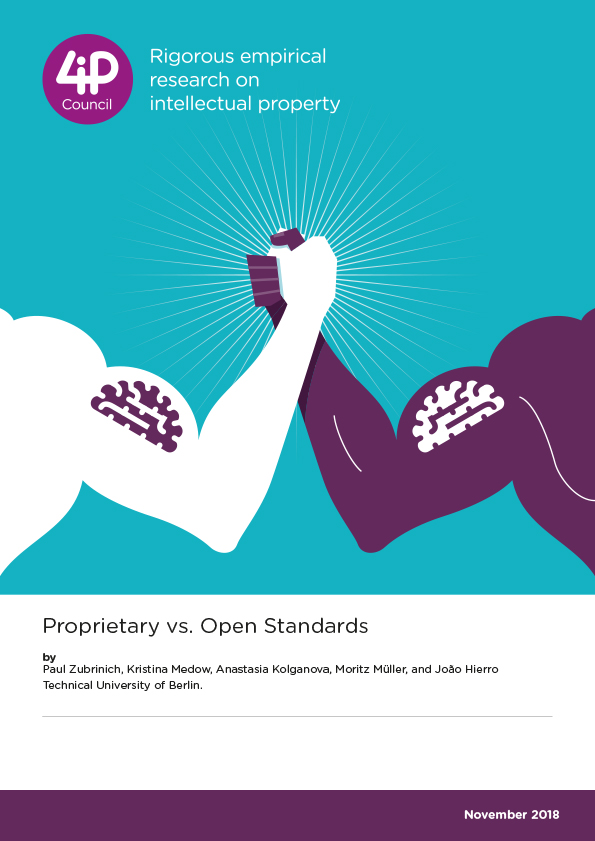1. Introduction
As technologies have become increasingly complex and interdependent, compatibility has become paramount. This has given rise to the growth of open standards, which are developed by companies aiming to establish rules and protocols by which new technologies interact.
In particular, open standards developed in the ICT (Information and Communication Technology) sector ensure interoperability, efficiency and ease of communication between electronic devices, such as smartphones, laptops, audio systems, and televisions, which conform to a certain expected performance criteria. Most of these improvements have been developed in the open standards process through large collaborations, such as the Third Generation Partnership Project (3GPP), which brings together seven telecommunications Standard Development Organisations (SDOs) with the goal of generating standards for the wireless cellular system.
The resulting de jure (officially endorsed) standard often incorporates patented technology, which is then made available on Fair, Reasonable and Non-Discriminatory (FRAND) terms. The FRAND commitment can comprise either royalty bearing or royalty-free terms, as well as other mutually agreed contractual conditions (regulation (eu) no 1025/2012 of the european parliament and of the council, annex II 4.c.). Examples of SDOs developing open standards include the Telecommunications Industry Association (TIA), the European
Telecommunications Standard Institute (ETSI), and the World Wide Web Consortium (W3C).






